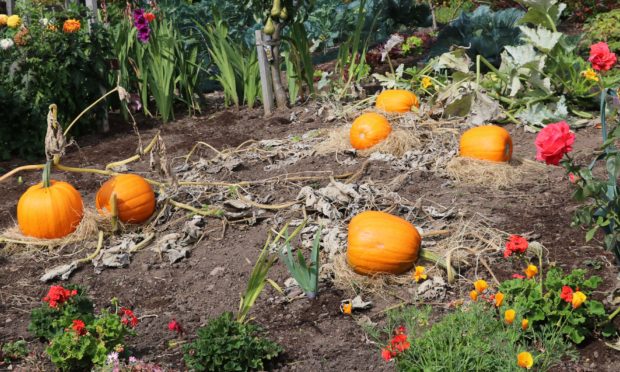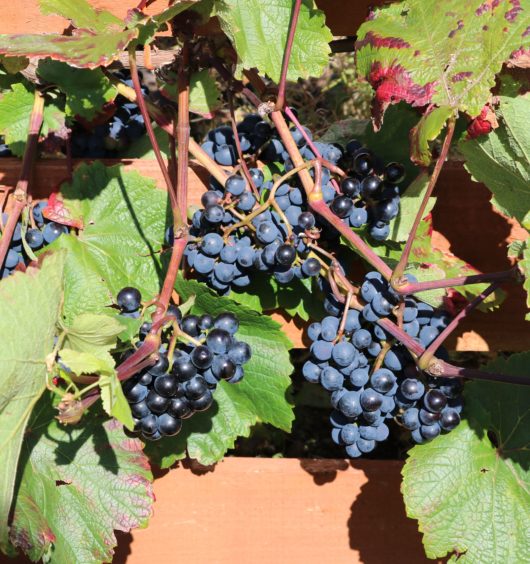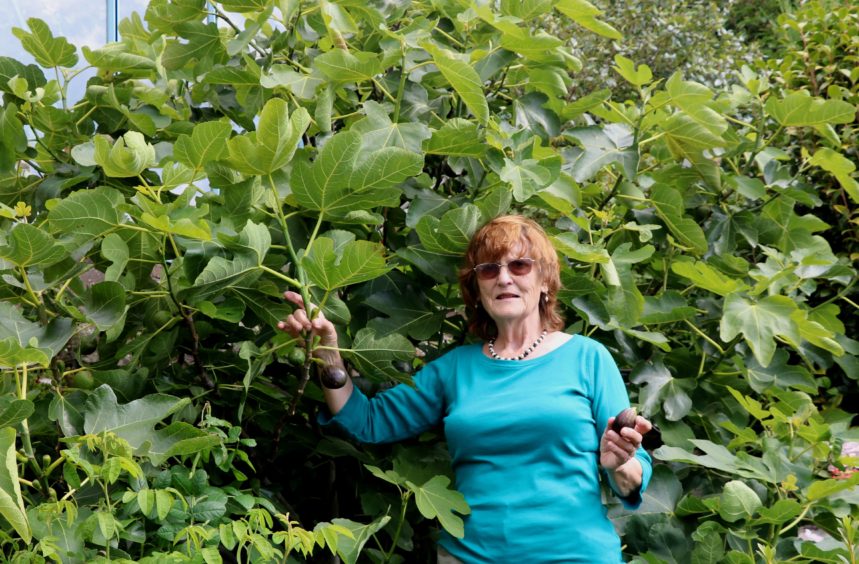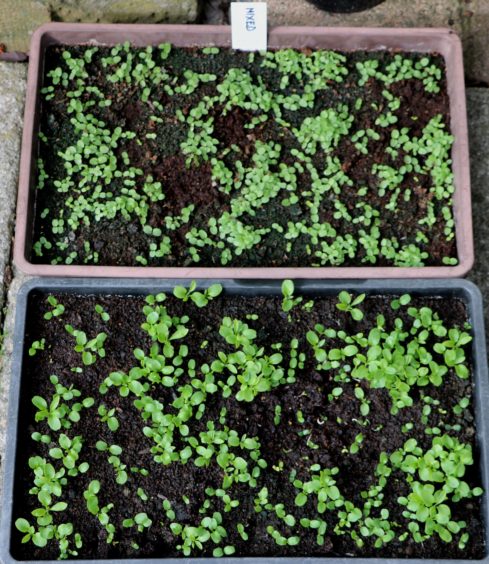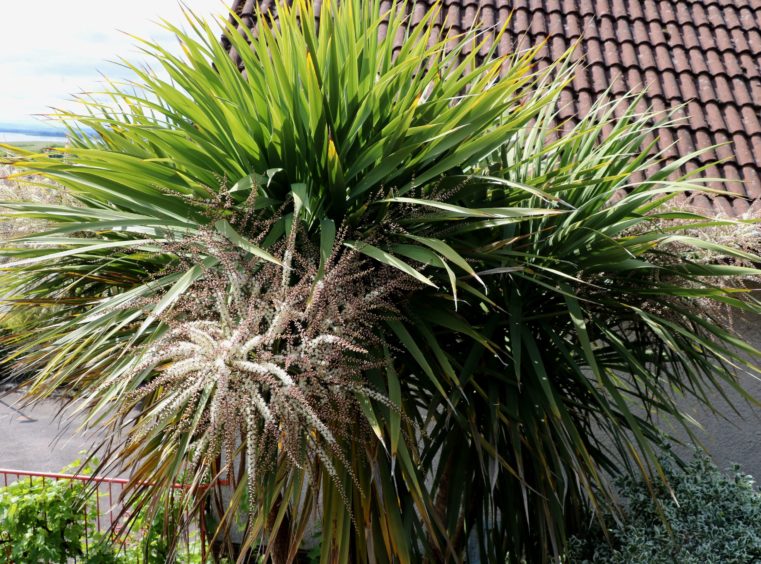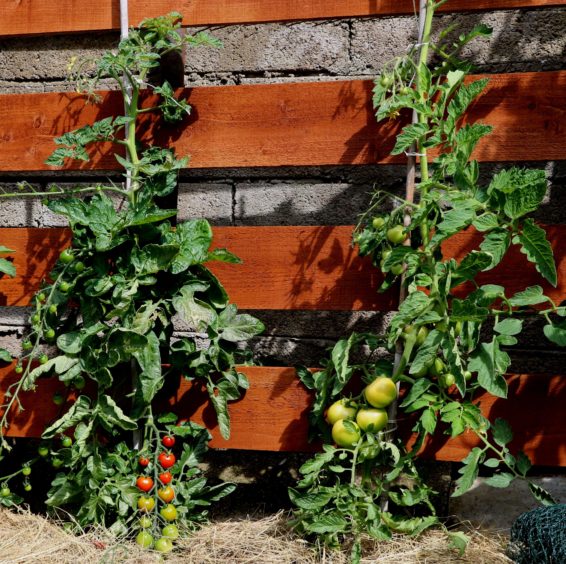To achieve consistently good crop yields of fruit and vegetables and a glorious display of flowers we learn good gardening techniques for each type of plant, use the best varieties, and make sure our soil is fertile, well drained and weed free.
The battle against pests and diseases is a continuous one that we must not allow to get out of control.
However no matter how much time and effort we give to cultivation of our plants it is the weather that finally determines our success rate, as we have little control when it throws extremes at us which seems to get more frequent as time goes on.
Thunderstorms with lightening in Scotland used to be a rare event, but not this year.
Temperature
It seems that global warming has arrived in Scotland, and although we all love to see more of the sun, gardening has been a struggle both in 2018 and 2019 as temperatures rise way above normal for days on end.
However we can take advantage of this warmer weather to indulge in growing a few of the more exotic crops.
Sweet potatoes and a whole range of Chinese salads are becoming popular but success rates vary with climate.
Figs outdoors in Scotland are now very successful and most grape varieties will also perform brilliantly, but to get grapes to produce good bunches of sweet juicy grapes is a huge challenge.
Some dessert varieties fail to produce many grapes, and then we need a warm dry autumn to get them to ripen.
The variety Brant is very successful but the grape bunches are quite small.
The search for the right variety continues.
Outdoor cherries are now becoming very popular, and those that produce very large fruit are a bonus as they are too big for marauding blackbirds beaks.
Our mild winters are now quite frequent so leaving beetroot outdoors over winter is quite safe.
However on the negative side of mild winters, many pests come through unscathed and ready to multiply and go on a feeding frenzy every time our backs are turned.
Plagues of slugs, snails and caterpillars have devastated cabbages, cauliflower, sprouts, kale, potatoes, dwarf French beans and greenfly have been feeding shoulder to shoulder on roses.
Mild winters have also reduced the fruiting potential of those fruit bushes such as blackcurrants and saskatoons that need periods of cold temperatures over winter to initiate fruit buds.
My best crop of saskatoons came after the cold winter of 2010.
The warmer climate is allowing us to grow Eucalyptus, Cordylines, date palms, Agapanthus and outdoor fuchsias successfully.
Rainfall
Last year we all basked in a long sunny and dry summer so the garden hose was always out as drought conditions prevailed.
This year it has been even hotter but rainfall has never been lacking.
This has been great for plant growth, and all crops, bushes and flowers are all a lot taller than normal.
Roses have grown so tall that many needed staking to prevent them falling over.
Autumn raspberries are having similar problems as many are about seven feet tall.
This is not such a good thing when we get extremes of winds in gale strength blowing over tall plants and shredding anything with large leaves.
Early on this year we got a warm spell but without any rain so mildew and blackspot on roses infected all the leaves and reduced the impact of flowers.
It was made all the worse as greenfly smothered any young shoots before the diseases reached them.
Weed control this year has been a major problem as weeds just love the warm wet weather and hoeing is difficult as the weeds are often just transplanted rather than shrivelled up in the hot sun.
But up at City Road allotments plot holders have been busy getting their gardens tidied up ahead of our participation in the Dundee Doors Open Event on the weekend of 14 and 15 September 2019.
Wee jobs to do this week
Prick out pansy and wallflower seedlings sown in mid August and now well established in seed boxes. They will grow strongly at this stage and make a sturdy plant for planting out in tubs, hanging baskets and borders. The pansies associate well with dwarf early tulips planted between them but the wallflower prefer the taller triumph or Darwin Hybrid tulips planted between them.
